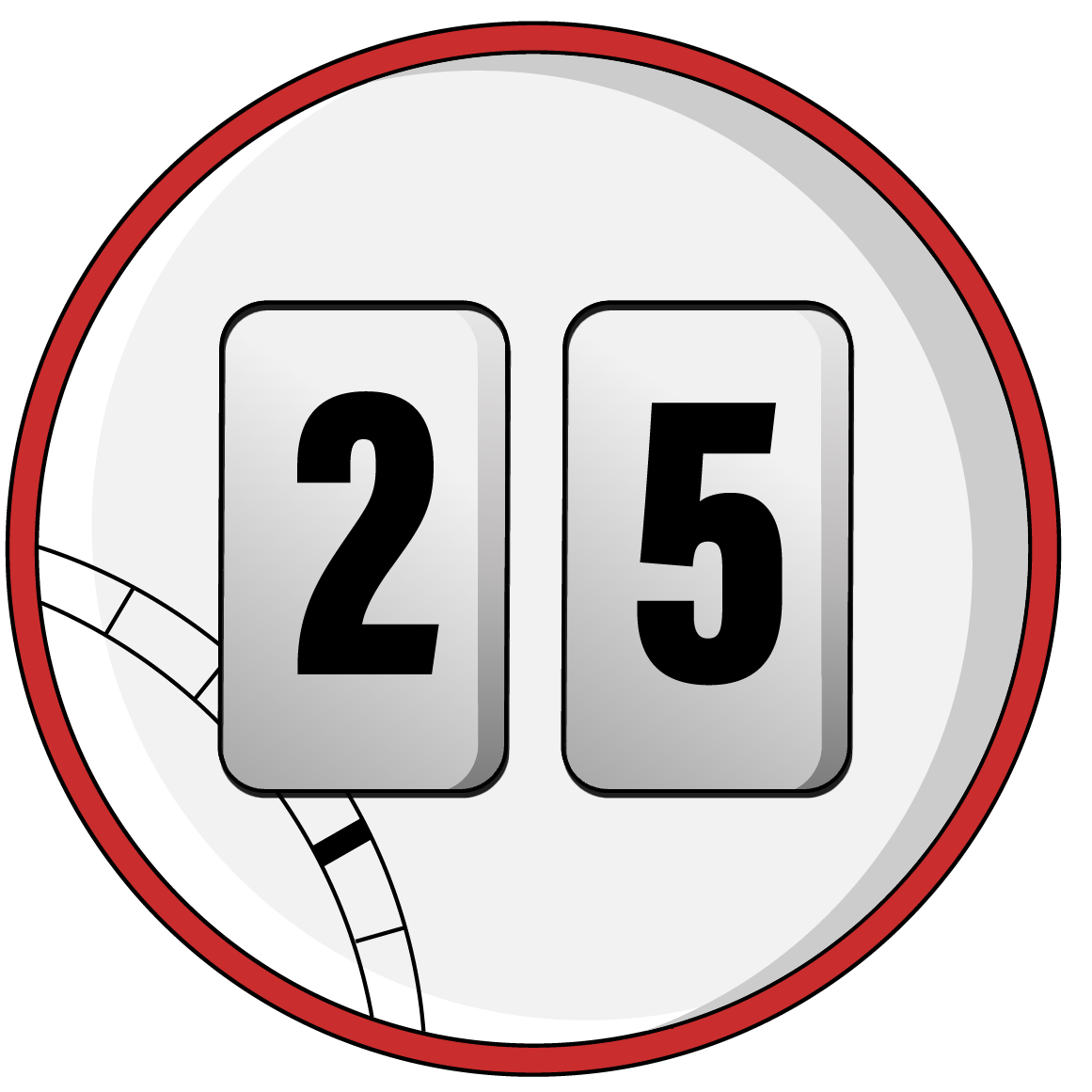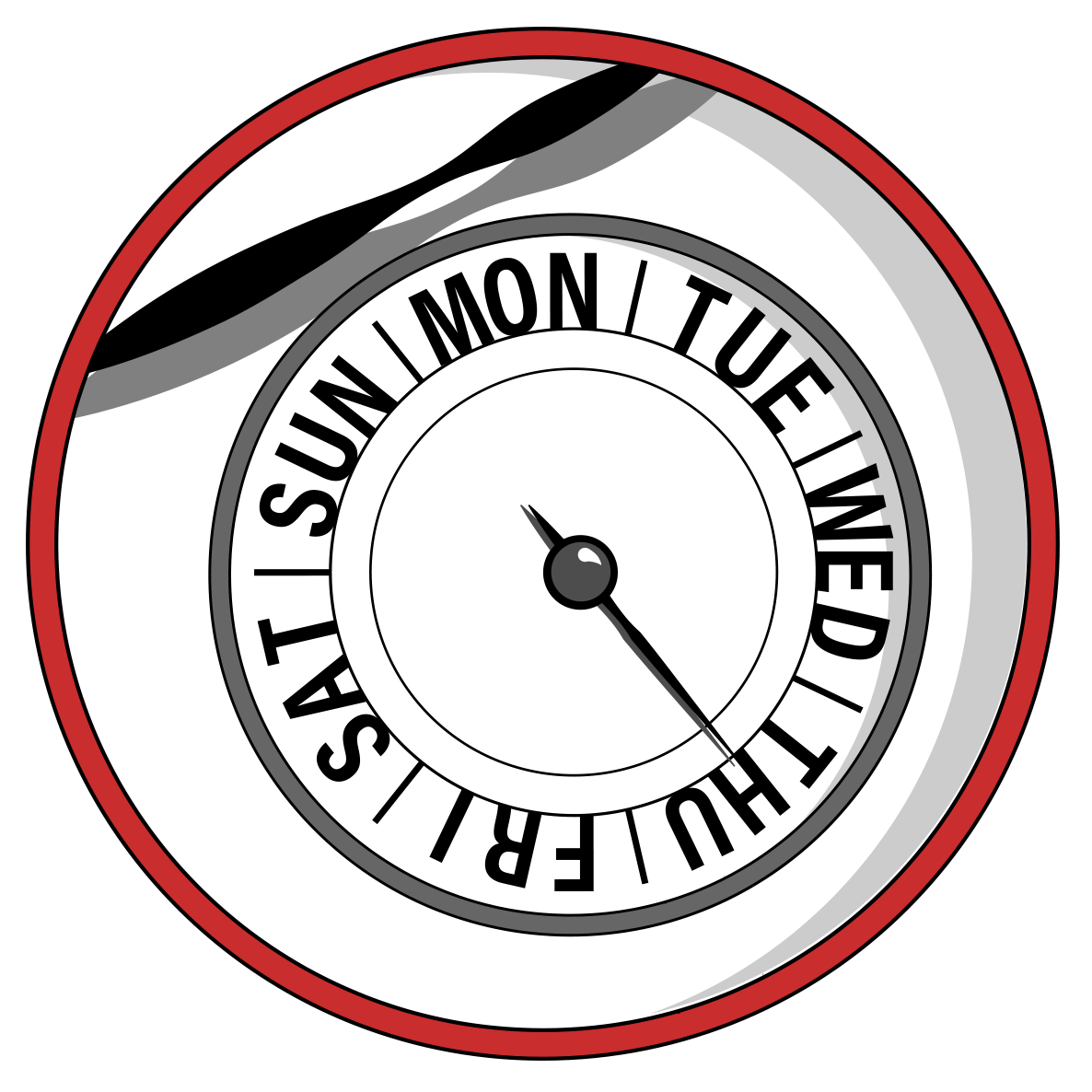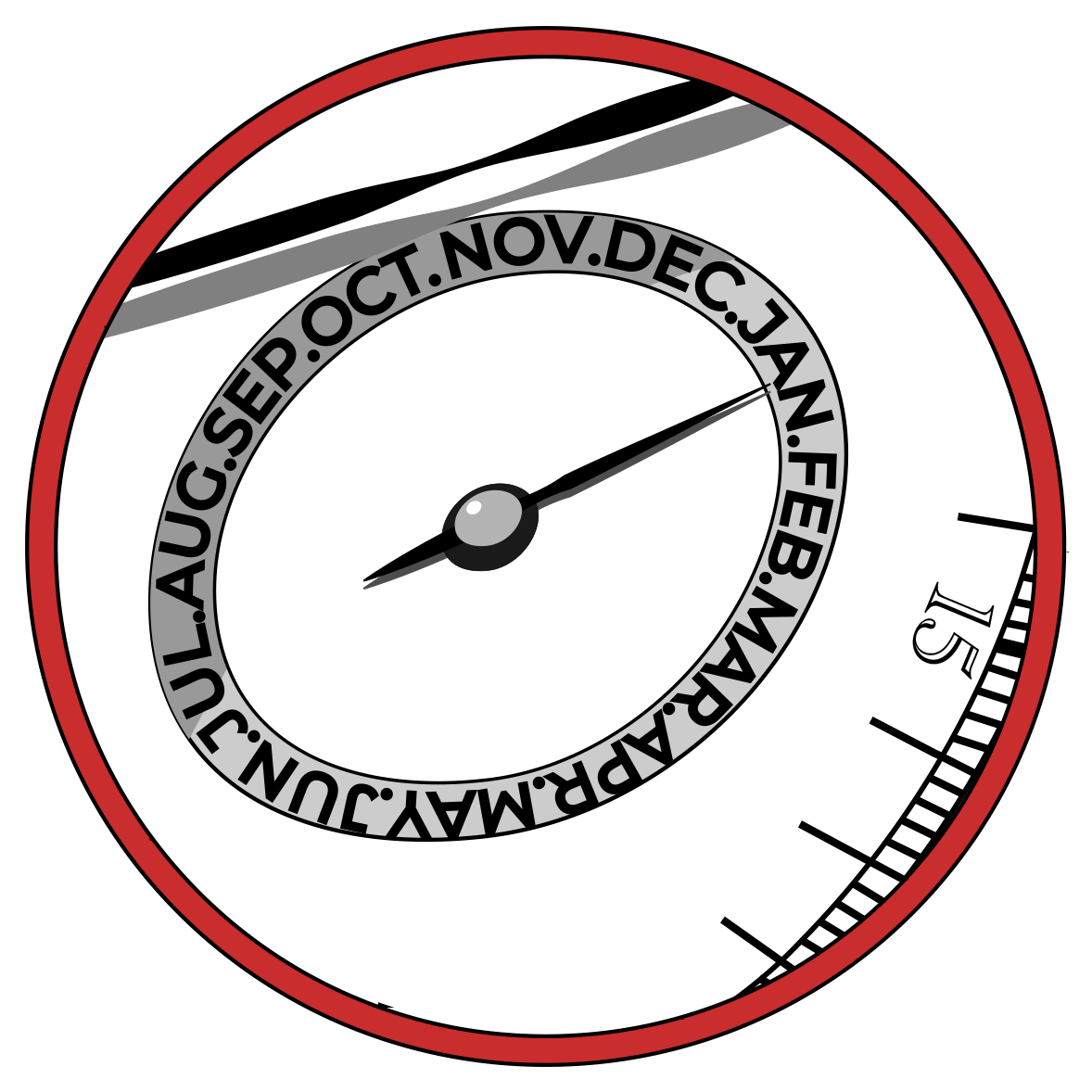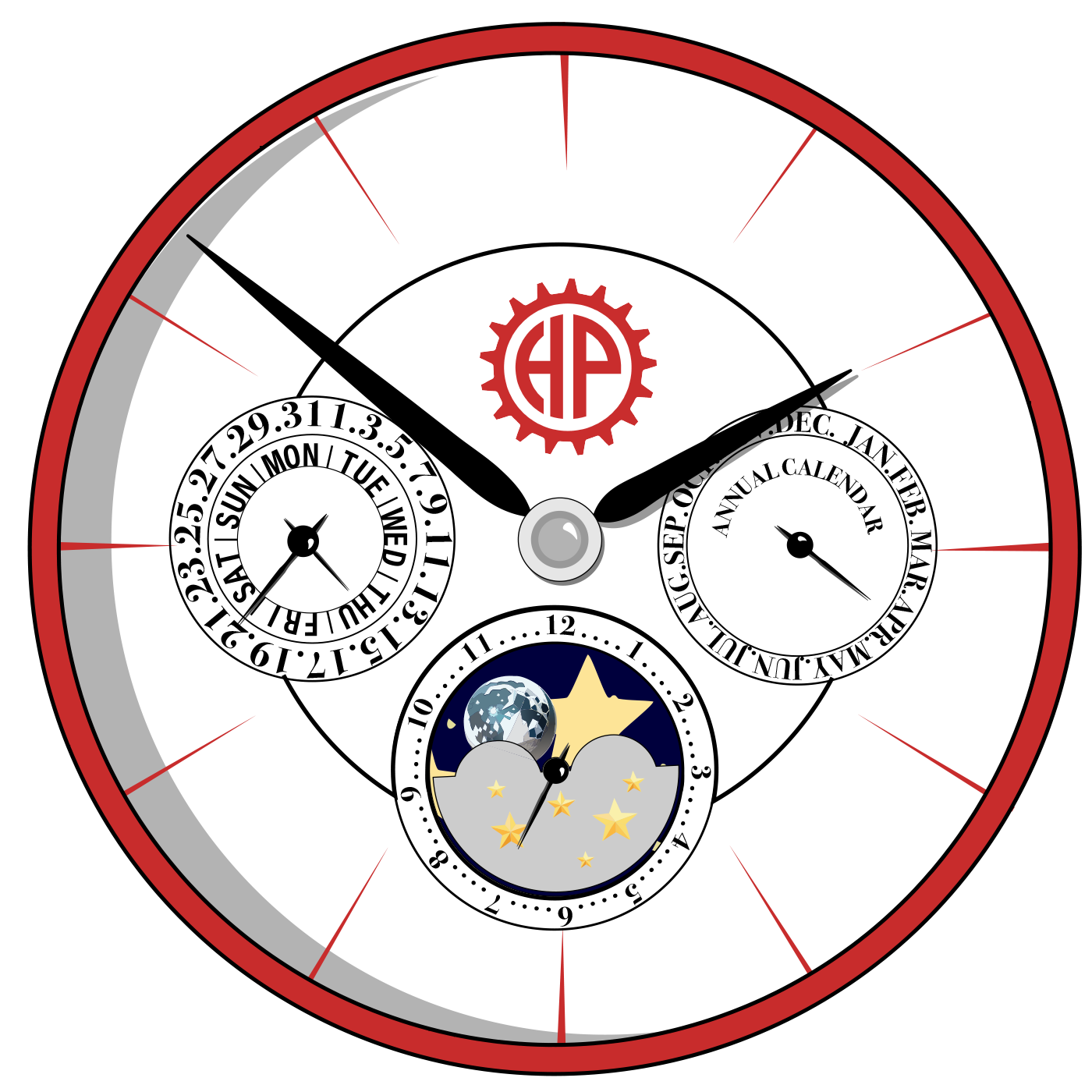ASTRONOMICAL COMPLICATIONS
Astronomical complications are all functions or indications that depend on celestial bodies and their positions. The information from a simple or complex calendar, moon phases, or even a precise star chart are all considered astronomical complications.

DATE
The date corresponds to the ordinal number of the day within the month, typically ranging from 1 to 31. Watches usually display the date either through the aperture on a dial or with the hand day indicator.

WEEK DAY
Displaying the seven days of the week is one of the simplest complications. In most cases, the days of the week are indicated by a disc showing the current day in an aperture or by a hand on a subsidiary dial. In some instances, the day of the week display may also be of the retrograde type.

MONTH
This complication involves displaying the current month of the Gregorian calendar. This information is typically provided in addition to, at the very least, the date indication. The month display is commonly found on simple calendars as well as annual, perpetual, and secular calendars.

MOONPHASE
Moonphase shows the progress of the lunar cycle, sometimes for both hemispheres of the planet.

SIMPLE CALENDAR (TRIPLE CALENDAR)
This type of calendar displays the date, day, month and sometimes the moon phase. This mechanism goes to the end of each month on the 31st and requires manual correction of the date five times a year.

ANNUAL CALENDAR
Annual calendar is a mechanism that normally displays date, day, month and sometimes moon phase and automatically adjusts the length of the 30 and 31 day months.

PERPETUAL CALENDAR
Perpetual calendar is a mechanism that normally displays the date, day, month and sometimes the moon phase and automatically adjusts the length of each month taking into account leap years.

SECULAR CALENDAR
Perpetual secular calendar takes into account all the irregularities of the calendar, even those that occur three times every 400 years.

EQUATION OF TIME
Equation of time indicates the difference in minutes between the noon of the mean time of a watch and the noon of solar time, i.e. when the shadows are actually shorter.

INDICATION OF THE SEASONS, EQUINOXES, SOLSTICES & ZODIAC SIGNS
Indication normally has a hand that makes one turn in a year that indicates the four seasons and points to the two equinoxes and the two solstices, as well as sometimes the signs of the zodiac.
BECOME A CONTENT CONTRIBUTOR
HOROPEDIA is a participative knowledge platform and we invite all those who wish to contribute to this adventure of sharing watchmaking knowledge to join us.
It can be additional explanations, images or other illustrations or terms not yet identified that deserve to be.
